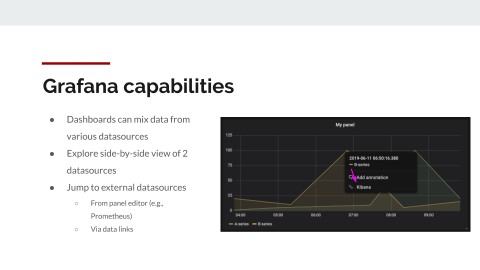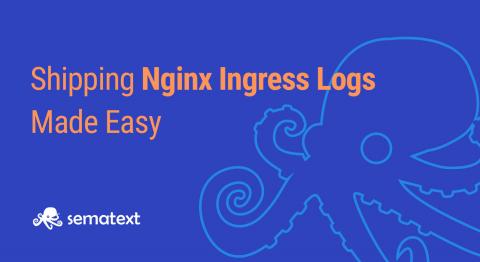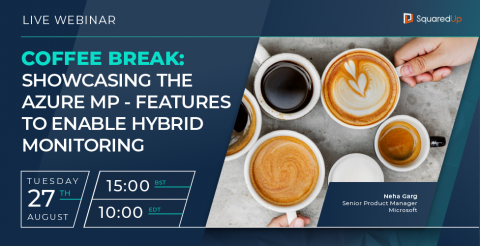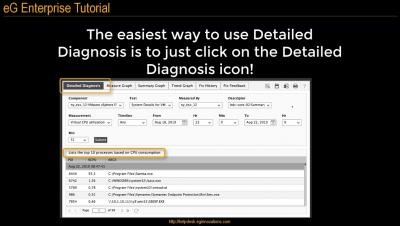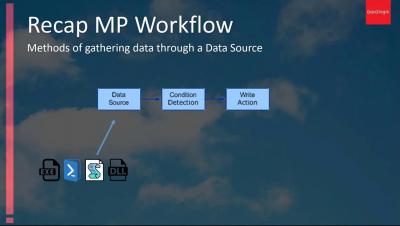Operations | Monitoring | ITSM | DevOps | Cloud
%term
Monitor your Lambda functions with Datadog's Serverless Framework plugin
Since it was released in 2015, the Serverless Framework has become the community-favorite way to manage and deploy serverless applications in the cloud. Similar to Terraform and CloudFormation, it lets you express infrastructure as code, making it easy to share and version-control your entire serverless environment.
The Lean Portfolio Manifesto: a conversation-starter
The Future of Grafana's UI
The goal of Grafana has always been to help people feel in control of their observability infrastructure. Users come in with an alert; that takes them to a dashboard; they use ad hoc querying; and then they use log aggregation or distributed tracing to come up with a fix that will resolve an incident or issue.
Announcing The Rancher Trusted Ranch Hand Program
The Rancher community is 30,000+ strong and growing fast! In order to continue growing and nurturing our vibrant open source community, we’ve created the Trusted Ranch Hand Program. Trusted Ranch Hands are a select group of knowledgeable ranchers ready, willing, and able to help other Ranchers as we all adopt DevOps practices and principles using Rancher, Kubernetes, and related technologies that help us all Run Kubernetes Everywhere!
Shipping Nginx Ingress Logs Made Easy
Kubernetes is gaining popularity every day. Using an Ingress controller is the preferred method of allowing external access to the services in a cluster. This makes ingress logs incredibly important for tracking the performance of your services, issues, bugs, and even the security of your cluster.
Coffee break: hybrid monitoring with MSFT's Azure MP
Hybrid monitoring has increasingly become a priority in the SCOM community. A growing number of enterprises are running workloads both on-prem and in the cloud, with some of us creating new workloads in the cloud, and others engaging in a gradual migration to the cloud – a process that often takes place over a number of years. How can we deliver a complete monitoring strategy for our hybrid environments via SCOM?
New Feature: Heartbeat Monitoring (Pro Plan)
Uptime Robot can already check the status of servers/devices who have public IPs with its ping and port monitoring feature. Yet, there are many other servers/computers/devices that are inside an intranet (but connected to the internet) and need to be monitored.





